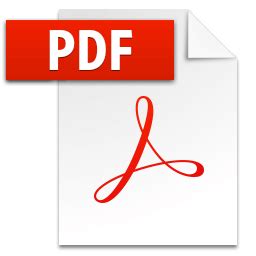A Multi-Mode MAC Protocol Integrating FDD and TDD for Next Generation Multi-Hop Mobile Radio Networks
Authors: Otyakmaz, Arif and Ding, Ling and Pabst, Ralf
Department of Communication Networks (ComNets), Faculty 6, RWTH Aachen University
: Arif Otyakmaz
In Proceedings of 17th ICT Mobile Summit 2008, p. 8, Stockholm, Sweden, 2008.
Publication Date: Jun, 2008
On page(s):8
ISBN: 978-1-905824-08-3
Abstract There are two basic duplexing schemes for present and future mobile radio networks, frequency-division duplexing and time-division duplexing. In general each of these methods has its benefits and drawbacks. However, both schemes are more or less appropriate under consideration of the communication environment. In future mobile radio systems typical wireless data communication will not only occur in metropolitan area scenarios like hotspots in airports, city centres, exhibition halls, etc., but also in wide area environments, e.g. a moving car in a rural environment. Data services will require a ubiquitous mobile radio system and demand better quality of service, like high data rates and low delays. A promising concept for future mobile radio communication is the ability to adapt to various deployment strategies by using different radio access technologies, so called modes. The concept provides modes that are tailored solutions for specific environments and thus allow the adaptation to various scenarios by selecting the most adequate one. Another promising concept for next generation systems is the deployment of relays. They allow enlarging the cell coverage. Relays are not wired connected and consequently a cost-efficient alternative to Base Stations that work in a decode-and-forward principle. The aim of this work is to introduce a protocol which supports both described concepts.
Author Keywords
Multi-Mode Protocol, Relay, Multi-Hop, FDD, TDD, B3G, 4G, MAC, WINNER
Bibtex
@INPROCEEDINGS{OtDiPaICTSummit2008,
AUTHOR = {Otyakmaz, A. and Ding, L. and Pabst, R.},
TITLE = {A Multi-Mode MAC Protocol Integrating FDD and TDD for Next Generation
Multi-Hop Mobile Radio Networks},
YEAR = {2008},
MONTH = {Jun},
PAGES = {8},
ADDRESS = {Stockholm, Sweden},
BOOKTITLE = {Proceedings of 17th ICT Mobile Summit 2008},
AFFILIATION = {Department of Communication Networks (ComNets), Faculty 6, RWTH Aachen University},
ISBN = {978-1-905824-08-3},
KEYWORDS = {Multi-Mode Protocol, Relay, Multi-Hop, FDD, TDD, B3G, 4G, MAC, WINNER},
URL = {https://www.comnets.rwth-aachen.de}
}
Signature in CN-Library = {Qe 027}

 Download
Download